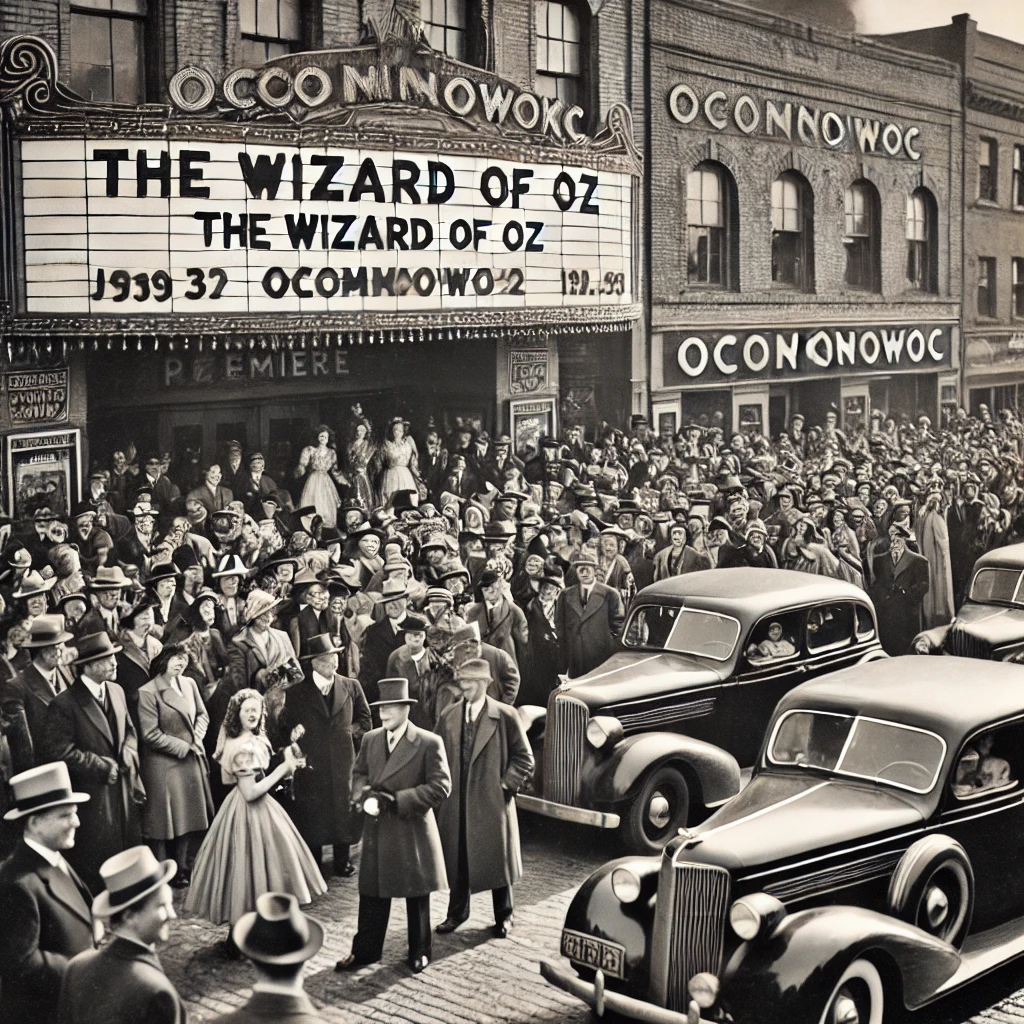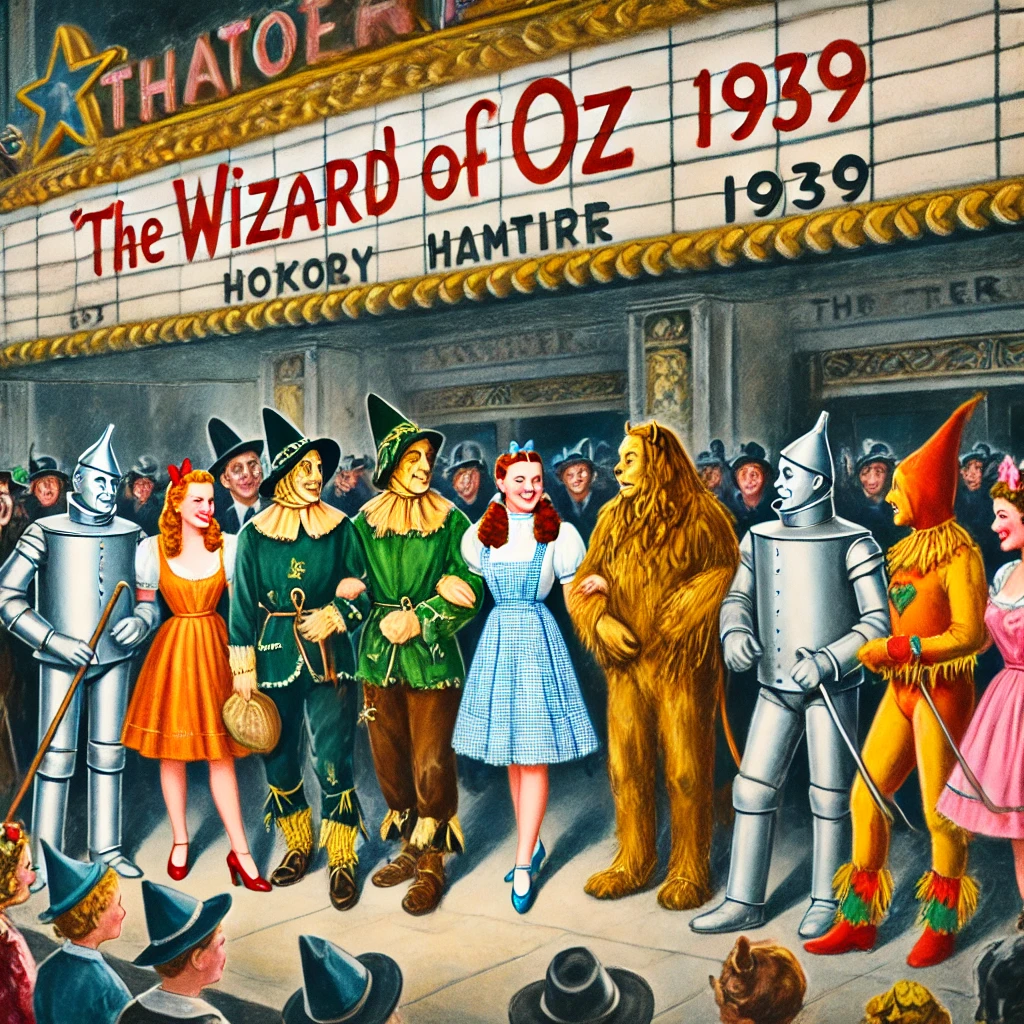On August 10, 1939, the classic film The Wizard of Oz premiered in Oconomowoc, Wisconsin, marking the beginning of its journey to becoming one of the most beloved films in cinematic history. Directed by Victor Fleming and produced by MGM, the film was based on L. Frank Baum’s 1900 novel of the same name. The premiere in the small city of Oconomowoc was a unique choice, as it was a traditional venue for testing and launching major films before their wider release.
The film stars Judy Garland as Dorothy Gale, alongside a memorable cast including Frank Morgan, who played the Wizard, and Margaret Hamilton as the Wicked Witch of the West. The Wizard of Oz is renowned for its innovative use of Technicolor, its enchanting musical score, and its imaginative storytelling, which captured the hearts of audiences and established the film as a timeless classic.

The Impact of “The Wizard of Oz”
Upon its release, The Wizard of Oz was not an immediate box office success but received critical acclaim for its technical achievements and imaginative narrative. Over time, the film gained immense popularity and became a staple of American cinema. The film’s enduring appeal is attributed to its universal themes of adventure, self-discovery, and the magic of believing in oneself, resonating with both children and adults alike.
The movie’s iconic songs, including “Somewhere Over the Rainbow” and “Follow the Yellow Brick Road,” have become cultural touchstones, and the film’s characters, from the Cowardly Lion to the Tin Man, have become ingrained in popular culture. The impact of The Wizard of Oz is evident in its frequent re-airings on television and its continued influence on various forms of media and entertainment.

The Legacy and Cultural Significance
The premiere of The Wizard of Oz in Oconomowoc, Wisconsin, set the stage for its eventual status as an iconic film. The movie has been celebrated for its groundbreaking visual effects and its ability to transport audiences to a fantastical world. Its legacy extends beyond cinema, influencing fashion, theater, and even theme parks.
The film has received numerous accolades and honors over the decades, including several Academy Awards and a place in the American Film Institute’s list of the greatest films of all time. The continued popularity of The Wizard of Oz highlights its significance in film history and its ability to captivate new generations of viewers with its timeless charm and memorable characters.

The premiere of The Wizard of Oz on August 10, 1939, in Oconomowoc, Wisconsin, marked the beginning of what would become a legendary film. Its innovative use of color, memorable music, and heartwarming story have cemented its place as a cornerstone of American cinema. The film’s lasting influence and continued appeal reflect its enduring power to inspire and entertain audiences across the globe.
